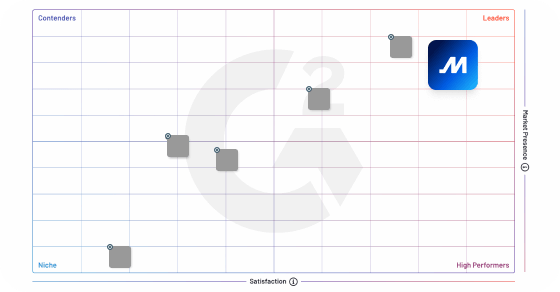A heavy goods vehicle (HGV) is a common term for larger commercial vehicles in the European Union (EU). They also use the term large goods vehicle. These commercial vehicles are commonly used for the transportation of goods and materials over long distances.
HGVs are designed to be strong and durable to reliably and safely carry heavy loads. They are typically equipped with large engines, heavy-duty frames, and specialized braking systems. They also often have multiple axles and large tires, which help to distribute the weight of the vehicle and its cargo more evenly.
These vehicles are classified based on their weight. In general, an HGV is any truck that weighs over 7.5 metric tons (16,535 pounds) in the EU.
These vehicles are an essential part of the logistics and transportation infrastructure. As these vehicles are heavier, which can make them more difficult to handle and dangerous in accidents, their operation and maintenance are heavily regulated. The aim is to ensure that they are safe to operate on public roads and highways and to prevent accidents and other issues that could arise.
Frequently Asked Questions
What does HGV mean on a truck?
HGV stands for a heavy goods vehicle. It is a term used in Europe to describe large commercial trucks that transport goods over long distances. They are also known as lorries or semis in some regions of Europe. In North America, it is more common to see these trucks referred to as tractor-trailers, semis, or big rigs.
What does HGV mean?
HGV stands for heavy goods vehicle. The term is common in the European Union to refer to a large commercial vehicle used for transporting goods. As in North America, these larger, heavier vehicles require a special license to drive.
What is HGV driving?
HGV driving refers to the operation of heavy goods vehicles, which are large commercial vehicles designed for transporting cargo.
HGV drivers require specialized training and licensing to operate these vehicles legally. They typically work for shipping companies or transportation companies.
HGV driving can be a challenging and rewarding career for those with the necessary skills and qualifications. It doesn’t only involve driving, though. Drivers may also need to plan routes, load and unload cargo, and keep records and remain compliant with regulations while ensuring the safe and timely delivery of goods.
How heavy is an HGV?
The maximum weight of a heavy goods vehicle (HGV) can vary depending on its type and purpose as well as where it’s being operated. For example, there are weight restrictions for HGVs on certain roads and bridges. These variations across use and geography require drivers and operators to fully understand regulations on their routes.



